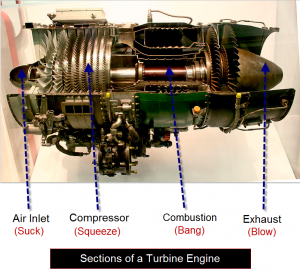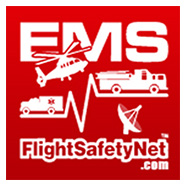 Okay. Now that we have your attention, we really are going to tell you what sex and turbine engines have in common. But first, a little safety foreplay.
Okay. Now that we have your attention, we really are going to tell you what sex and turbine engines have in common. But first, a little safety foreplay.
Knowledge is the mother of safety.
Understanding different careers in the Flight Safety Network (FSN) is important. The more each of us knows about different FSN jobs, the stronger and safer our network becomes. Learning the basics of FSN careers makes good sense.
This article will not qualify you to work on turbine engines. And it counts for zero academic credit toward an Airframe and Power Plant (A&P) license; the professional certification required to work as an aircraft mechanic for the airlines or air medical industry. What this article will do is teach you the basics of a turbine engine in a way you will never forget.
Um…..that’s nice, what about the sex part?
Okay, let’s get to it:
All turbine engines have four major sections and associated functions. Each function gets its name by what airflow does in each section.
The four sections are:
Air Inlet (Suck) section:
As the name implies, air enters the engine here. The air inlet section is located on the forward part of the engine. You can view the air inlet section from both the side and front of the aircraft. When the aircraft is flying, air gets “sucked” into the air inlet section.
Compressor (squeeze) section:
The compressor section is just aft of the air inlet section. As the name implies, the airflow is compressed or “squeezed” in the compressor section of the engine.
Mechanics and engine guys (and gals) refer to compression using ratios. You might hear something like a 15:1 ratio. In simplest terms, this means the air is squeezed 15 times smaller than it was before it entered the compressor.
Combustion (bang) section:
The combustion section is where fire, fuel and air meet. The end result is combustion and an associated “bang” as ignition begins the combustion process.
Exhaust (blow) section:
The exhaust section forces air and gases out the exhaust pipe attached to this section. This section discharges or “blows” air away from the rest of the engine.
There you have it; air inlet, compression, combustion and exhaust; or, suck, squeeze, bang and blow.
Simple. Easy to remember.
Click the attached photo to see an enlarged diagram of the engine sections – and suck, squeeze, bang and blow in action.
Clear skies and tailwinds,
Fly-write

